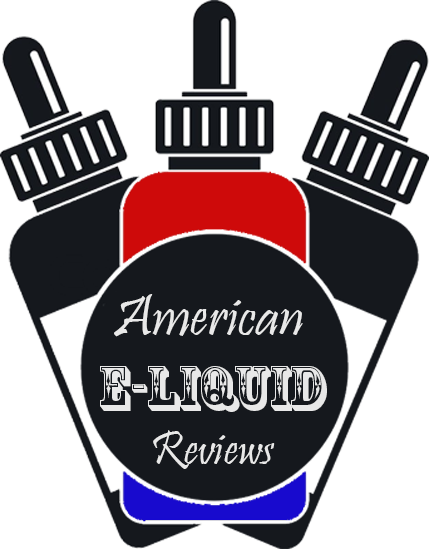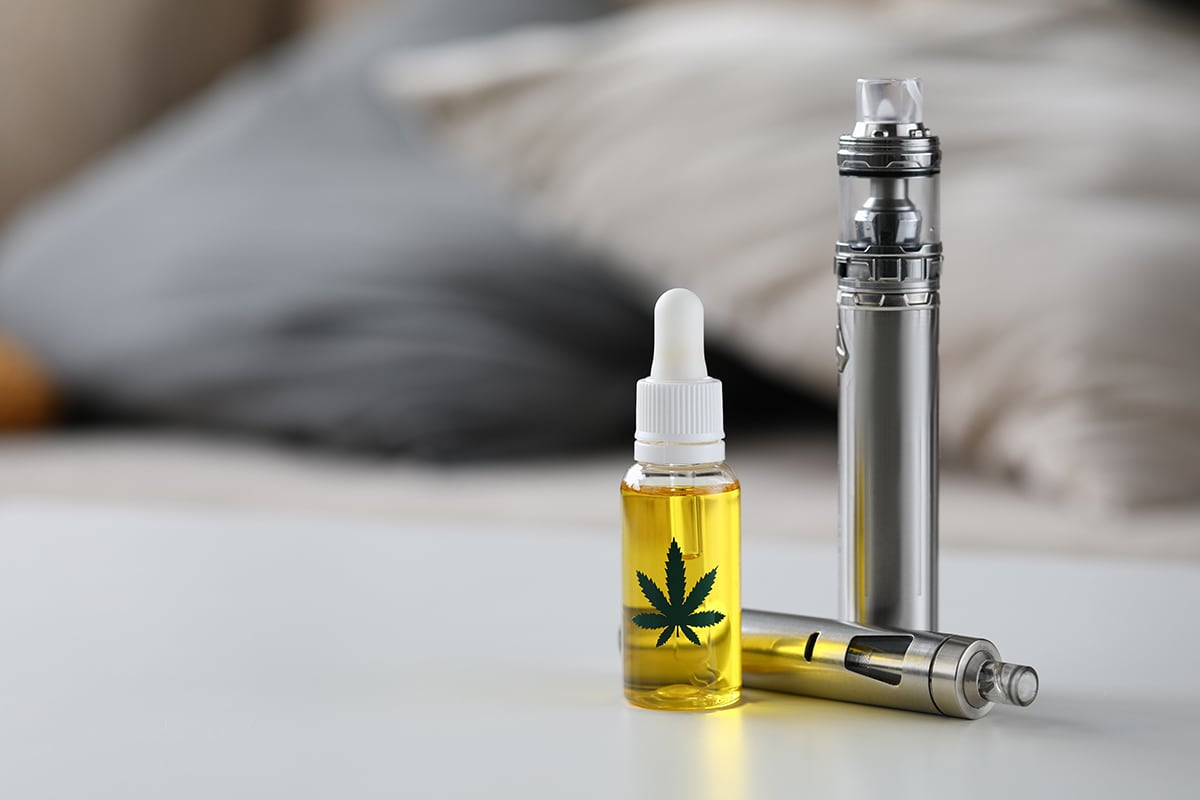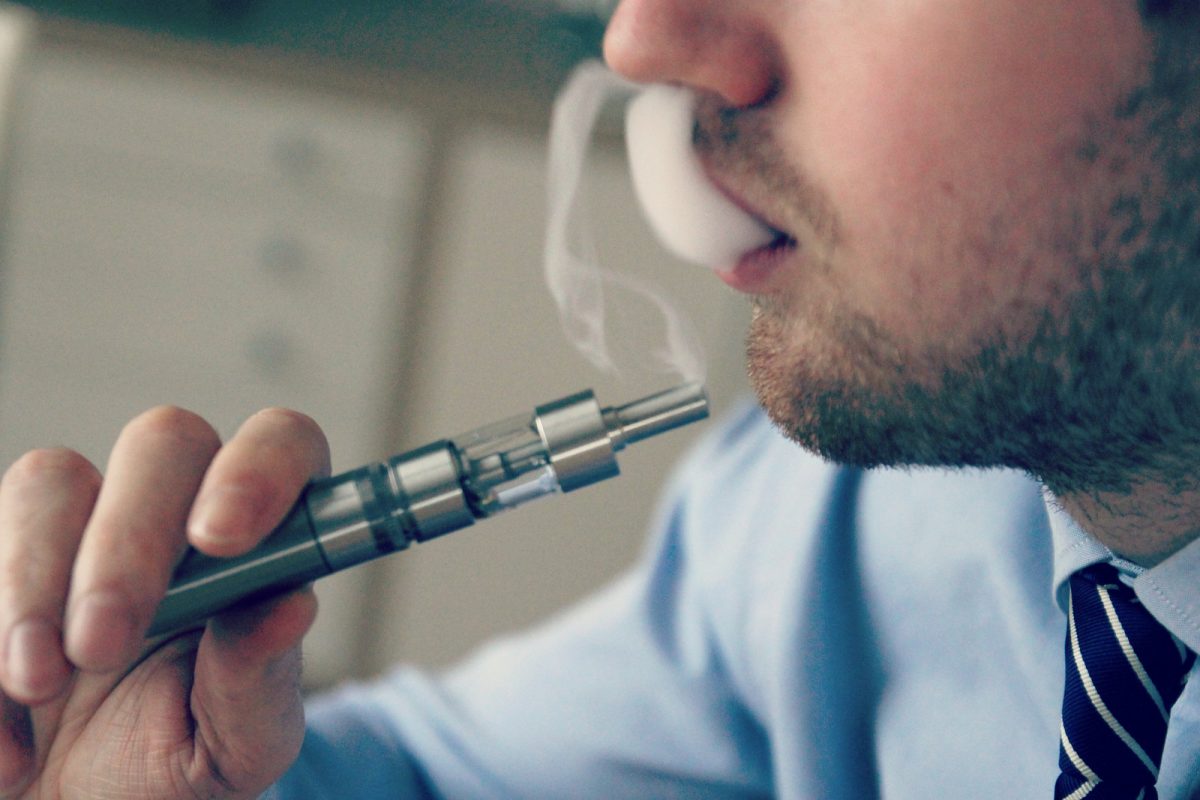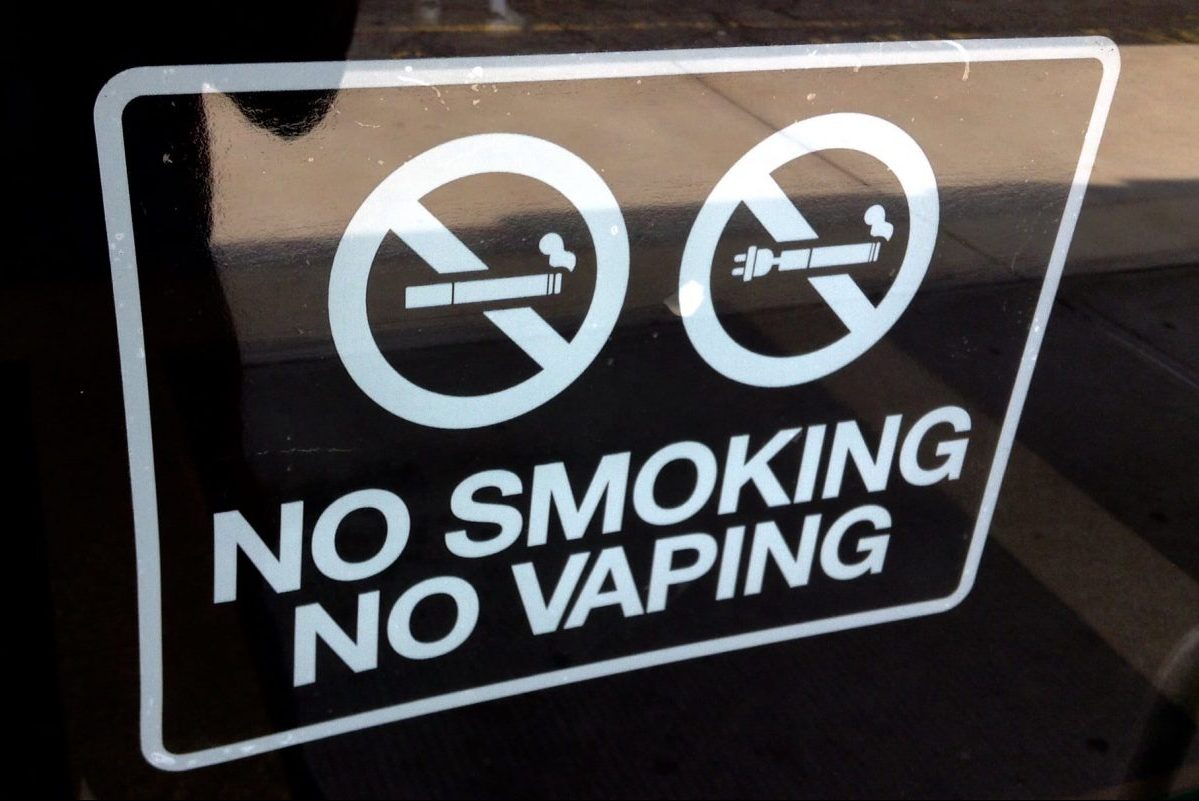Explore independent reviews to understand the health implications of vaping and compare various vaping products, ensuring you make informed decisions. Stay updated on latest vaping mods and technology to enhance your vaping experience safely. Navigate the guide to vaping essentials to ensure a smooth transition from traditional tobacco products to e-cigarettes. Familiarize yourself with the evolving regulatory landscape by consulting authoritative sources on both health guidelines and legislative changes, maximizing your awareness of legal compliance and health standards.
Understanding the Health Impacts of Vaping
Short-term and Long-term Effects
When considering the health effects of vaping, both short-term and long-term outcomes deserve attention. In the short-term, many vapers experience respiratory changes, with some users reporting symptoms such as coughing, wheezing, and shortness of breath. This can be linked to the inhalation of nicotine and other substances in e-liquids. If you’re curious about the specific components, understanding e-liquid flavorings safety might offer valuable insights.
Moving to the cardiovascular system, initial studies suggest that vaping can cause an increase in heart rate and blood pressure, effects similar to those of traditional smoking. These changes might increase over prolonged use, indicating potential cardiovascular risks.
In the long-term, while research is ongoing, there are concerns regarding chronic conditions. Regular vaping may contribute to respiratory diseases such as bronchitis or emphysema, echoing the ailments found in traditional smokers. Although the full scope of vaping’s impact is still under exploration, it is crucial for users to remain informed and consider current evidence when making health decisions. Keeping updated on independent reviews and industry insights will support an informed transition from traditional tobacco to e-cigarettes, ensuring choices are based on comprehensive understanding rather than myth.
Comparing Vaping and Smoking
When comparing vaping and traditional smoking, it’s important to focus on health risks and harm reduction. Cigarette smoking is well-known for its severe health implications, including lung cancer, heart disease, and respiratory issues. In contrast, vaping, which typically involves inhaling vaporized e-liquid, is often marketed as a less harmful alternative. E-cigarettes do not contain many of the harmful chemicals found in tobacco smoke, like tar and carbon monoxide, which are major culprits in smoking-related diseases.
Research suggests that, while not completely risk-free, vaping may reduce harm compared to smoking traditional cigarettes. Key health institutions, such as Public Health England, have noted that e-cigarettes are significantly less harmful than conventional cigarettes but still caution users about potential risks. For instance, e-liquids can contain nicotine, leading to addiction, and some vaping products may have contaminants or flavorings that pose health concerns.
Transitioning from smoking to vaping can be a step towards harm reduction for smokers unable to quit nicotine use altogether. However, it’s crucial for individuals to stay informed about the health implications of vaping and follow any emerging regulatory guidelines aimed at ensuring product safety. Engaging with reliable, independent reviews and staying updated on the latest industry insights can be vital in making informed decisions about vaping versus smoking.
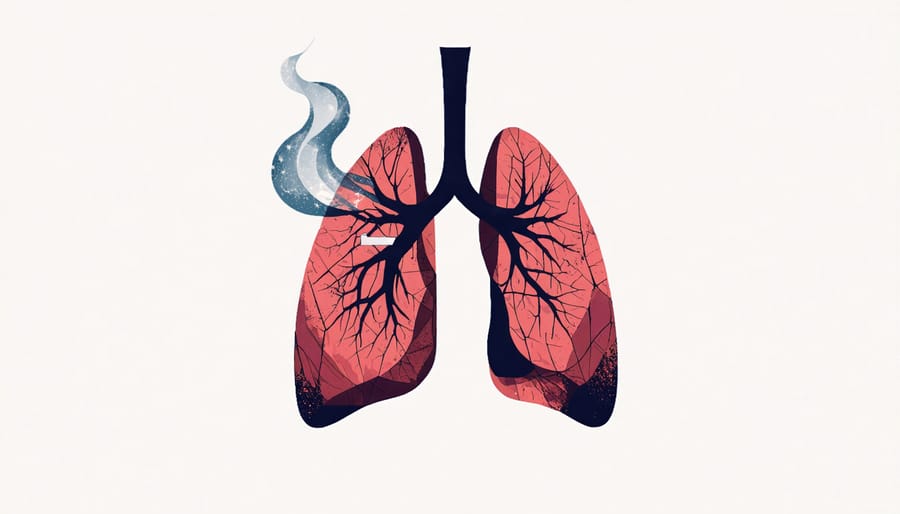
Regulatory Landscape of Vaping Products
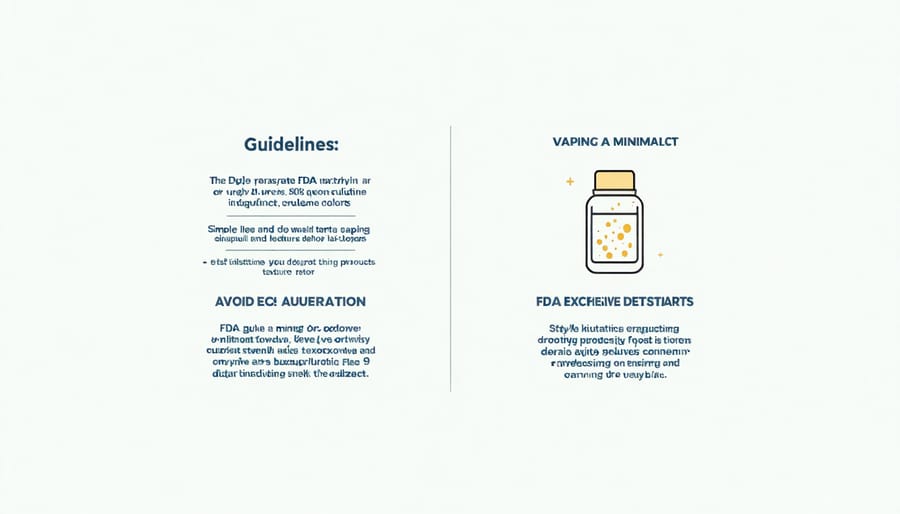
FDA’s Role and Guidelines
The FDA plays a crucial role in overseeing the safety and regulation of vaping products, ensuring that consumers have access to reliable and safe options. As the primary regulatory body for tobacco-related products in the United States, the FDA has implemented a rigorous set of guidelines to manage the production and distribution of e-liquids and vaping devices. These regulations include strict labeling requirements and safety standards to protect consumers from potential health risks.
For e-liquids, the FDA mandates clear ingredient labeling, allowing users to know exactly what they are inhaling. This transparency is essential, especially for those transitioning from traditional tobacco to vaping, as it provides confidence in product safety. Additionally, the FDA enforces manufacturing standards that aim to prevent the contamination of e-liquids, further ensuring product safety.
Vaping devices, too, are subject to stringent checks. The FDA evaluates these devices for quality, ensuring that they meet designated safety criteria before they can be marketed. This includes the inspection of heating elements and battery safety, thereby minimizing the risk of device malfunctions.
Remaining informed about the FDA’s regulatory process is essential for vape enthusiasts. By understanding these guidelines, users can make informed decisions about the products they choose, fostering a safer vaping experience.
Recent Legislative Updates
In the past year, both federal and state governments in the U.S. have ramped up efforts to regulate the sale and use of vaping products. At the federal level, the FDA has implemented stringent measures requiring manufacturers to submit comprehensive premarket tobacco applications to ensure that their products meet public health standards. This move aims to limit access to potentially harmful vaping products and ensure that those available are subject to rigorous scientific review.
Several states have introduced additional restrictions. For instance, some states have enacted outright vaping bans in certain public areas, emphasizing the importance of protecting non-smokers, including young individuals, from second-hand aerosol exposure. Other states have raised the legal age for purchasing vaping products to 21, aligning with federal regulations and reinforcing efforts to curtail youth vaping.
These legislative updates underscore a growing recognition of vaping’s potential health risks, notably concerning nicotine addiction and lung health. While navigating these changes, vape enthusiasts and beginners are encouraged to stay informed about the evolving legal landscape. Such awareness ensures compliance and promotes safer vaping practices, aligning with the ultimate goal of achieving better public health outcomes. Whether you’re contemplating a switch from traditional tobacco or are an experienced vaper, remaining up-to-date with these regulations is crucial for making informed decisions.
Public Health Perspectives and Debates
Public Opinions on Vaping
Public opinions on vaping are as diverse as the products themselves, influencing both public perceptions and health policies. Among vape enthusiasts and those considering the switch from traditional tobacco, there is often a positive view of vaping as a less harmful alternative. Many see it as a way to reduce tobacco-related health risks and embrace it as part of a harm-reduction strategy. Yet, some members of the public remain skeptical, concerned about long-term health impacts and the potential appeal to younger audiences. This skepticism often fuels calls for stricter regulations and comprehensive studies that examine the safety and effects of e-cigarettes.
The shifting public opinion can directly sway policy developments, as regulators aim to strike a balance between reducing harm for those seeking alternatives to smoking while protecting non-smokers, particularly youth, from unintended consequences. As a result, the regulatory landscape is ever-evolving, closely mirroring societal attitudes towards vaping. Understanding these public perspectives is crucial for enthusiasts and those new to vaping, as it shapes the broader conversation surrounding health implications and usage regulation.

Health Advocates vs. Industry Supporters
The debate between health advocates and industry supporters simmers at the forefront of discussions about vaping. Health advocates raise concerns about potential health risks, citing studies indicating vaping could still expose users to harmful chemicals, albeit generally fewer than traditional cigarettes. They emphasize the need for comprehensive regulation to protect public health, especially given the rise in vaping among young people and the uncertainty surrounding long-term effects.
On the other hand, industry supporters argue that vaping represents a crucial harm-reduction tool for adult smokers looking to quit more harmful tobacco products. They often highlight studies suggesting that switching to e-cigarettes can significantly reduce exposure to toxic substances found in traditional smoking. This side also pushes for reasonable regulations that recognize vaping’s potential benefits over cigarettes, stressing that excessive restrictions could deter smokers from transitioning to less harmful alternatives.
Navigating these opposing views requires a balanced understanding of the scientific evidence and regulatory landscape, ensuring informed decisions that prioritize both individual choice and public health.
Navigating the Future of Vaping
The future of vaping is poised at a dynamic juncture, with ongoing research and regulatory shifts shaping its trajectory. As the industry evolves, significant advancements in vape technology are expected to prioritize user safety and satisfaction. Researchers are exploring the development of e-liquids with lower toxicant levels, enhancing overall health outcomes for those looking to transition from traditional tobacco products.
On the regulatory front, we anticipate stricter guidelines aimed at curbing underage vaping while safeguarding adult users’ autonomy. Governments globally are grappling with how best to integrate vaping into public health strategies, with some countries adopting more lenient stances that may foster innovation and consumer choice. However, increased scrutiny and compliance demands could also lead to market consolidation, influencing available product diversity.
Understanding these changes is crucial for vape enthusiasts and newcomers alike. By staying informed about regulatory updates and health research findings, individuals can make educated decisions about their vaping habits. Independent reviews will remain an invaluable resource in navigating these developments, offering unbiased insights that cut through commercial noise and provide clarity on product safety and efficacy. As we look to the future, the balance of innovation, regulation, and informed consumerism will be vital to shaping a responsible and health-conscious vaping culture.
Conclusion
In conclusion, the interplay between vaping health implications and regulatory frameworks is intricate and demands ongoing exploration. As vaping technology evolves, continuous research is essential to provide vape enthusiasts and those considering a switch from traditional tobacco with reliable insights into potential health impacts. Regulatory updates play a pivotal role in guiding safe practices within the industry, balancing innovation with public health priorities. Making informed decisions requires staying abreast of independent reviews and industry insights, empowering individuals to choose healthier alternatives confidently. A vigilant approach to understanding these dynamics supports a more informed and health-conscious community.
